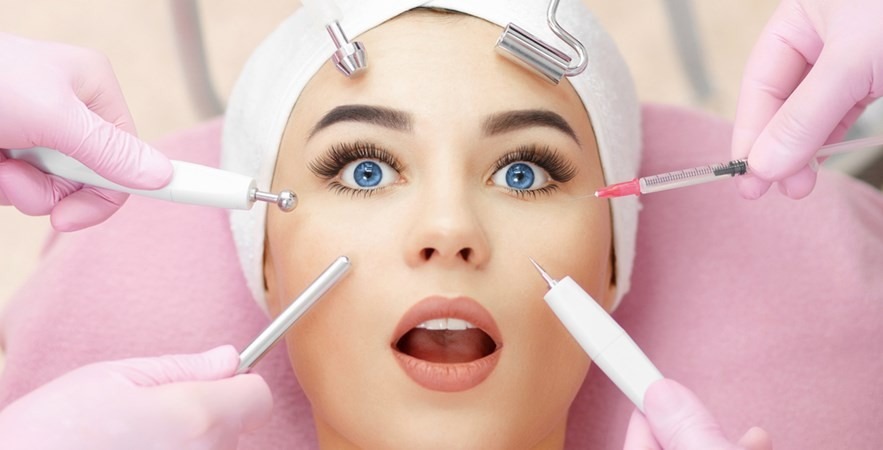Aesthetic treatments no longer rely on guesswork or limited tools. Over the past two decades, technology has completely redefined beauty care by providing precision, safety, and personalization. From the way professionals analyze skin to the energy-based devices that stimulate natural renewal, every step of the modern aesthetic journey reflects scientific progress.
People no longer need to accept long recoveries, unpredictable results, or one-size-fits-all routines. Instead, they benefit from innovations designed to align outer appearance with personal goals in a safe and sustainable way.
Non-invasive options highlight the direction of this transformation. Treatments such as Laser Skin Tightening show how carefully engineered devices can improve firmness and stimulate collagen without surgical intervention.
Along with radiofrequency energy, ultrasound therapy, microneedling, and AI-driven diagnostics, lasers form the backbone of cutting-edge care.
Each new advancement broadens possibilities, proving that beauty science has entered an era of measurable results and customizable experiences.
The Evolution of Aesthetic Technology
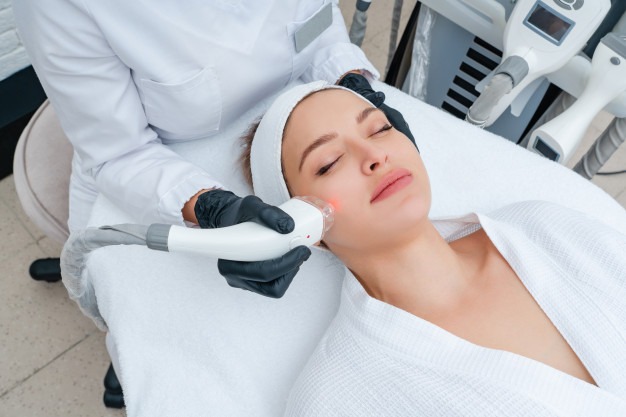
Source: mycozyroom.com.sg
In earlier decades, cosmetic enhancement often meant invasive surgery. Facelifts, liposuction, and implants dominated the landscape, with limited tools for skin rejuvenation or subtle refinements. Results could be dramatic, but risks were higher, and recovery often took weeks.
Technology changed that narrative. The introduction of medical lasers in the 1990s opened doors to non-surgical rejuvenation. Over time, advances in energy delivery, precision targeting, and safety features transformed these devices into staples of modern clinics.
Parallel growth in artificial intelligence, genetic testing, and bioengineering expanded possibilities even further, leading to the fully integrated approach used today.
Rise of Non-Invasive Enhancements
Consumers increasingly favor procedures that deliver visible improvements with minimal downtime.
Energy-Based Therapies
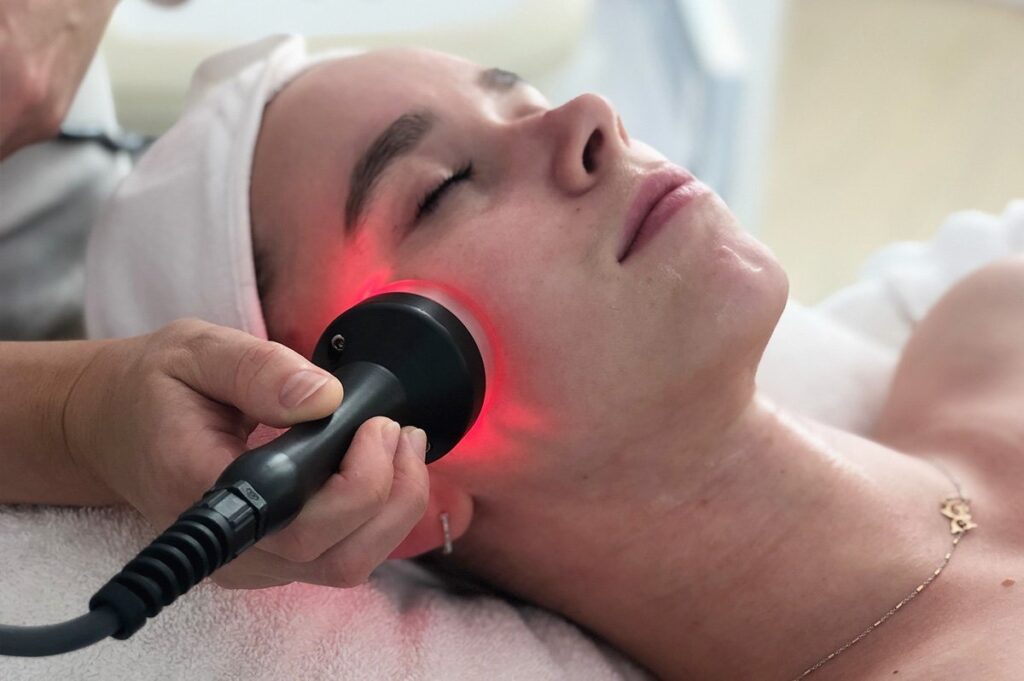
Source: traciemartyn.com
- Laser devices remodel collagen and improve surface texture.
- Radiofrequency (RF) penetrates deeper layers, tightening tissue and reducing sagging.
- High-Intensity Focused Ultrasound (HIFU) lifts and sculpts by targeting foundational layers beneath the skin.
Injectable Advances
Fillers and neuromodulators have evolved with refined formulas that integrate more smoothly into facial contours. They now last longer, look more natural, and require fewer touch-ups than early versions.
Data-Driven Analysis
AI-based imaging systems map wrinkles, pores, pigmentation, and elasticity with high precision. Practitioners can track progress over time and adjust treatments for optimal results.
Laser Skin Tightening: A Cornerstone Innovation
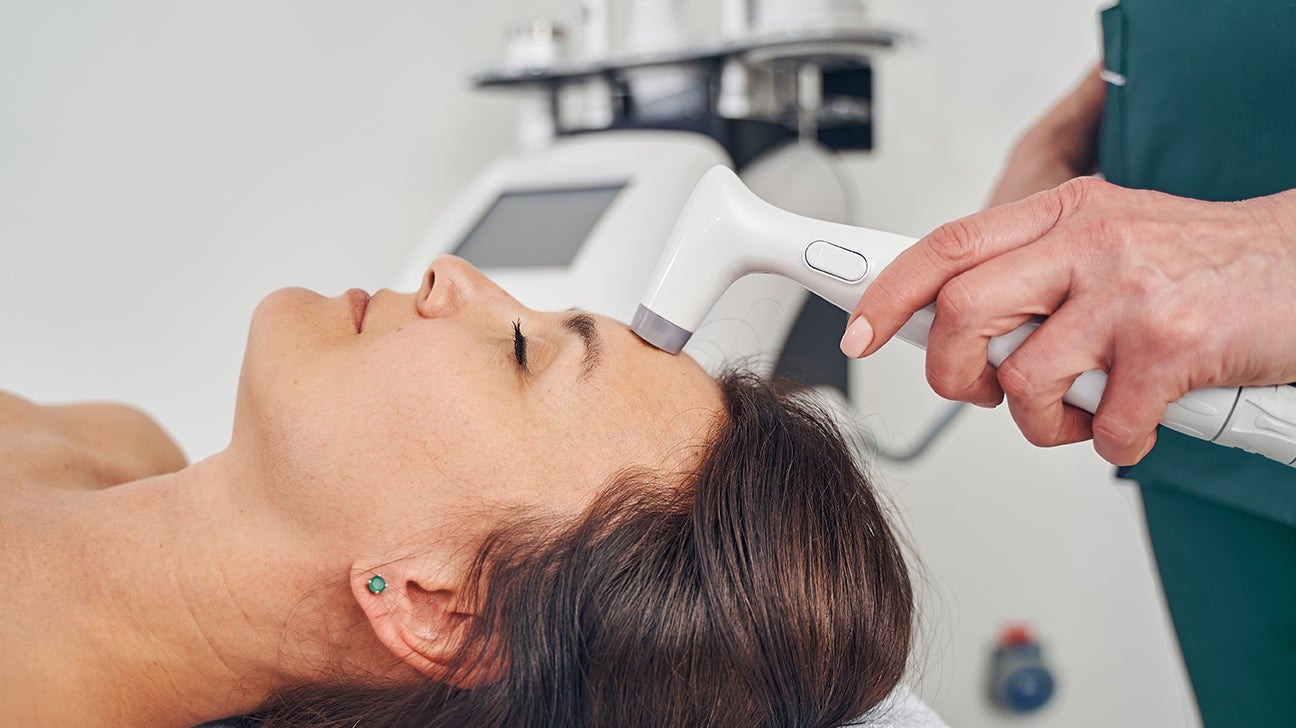
Source: healthline.com
Among modern options, Laser Skin Tightening stands out for its versatility and effectiveness. The treatment uses controlled beams of light energy to heat the dermis. This heat stimulates fibroblasts, encouraging the production of new collagen fibers that restore elasticity and firmness.
Key benefits include:
- Minimal downtime compared to surgery
- Suitability for multiple skin types and tones
- Gradual, natural-looking results that last for months
- Applications across the face, neck, arms, and abdomen
When combined with complementary treatments, Laser Skin Tightening becomes even more effective. For example, clinics often pair it with microneedling for enhanced collagen induction or with HIFU for deeper lifting effects.
Comparing Leading Technologies
Lasers vs Radiofrequency
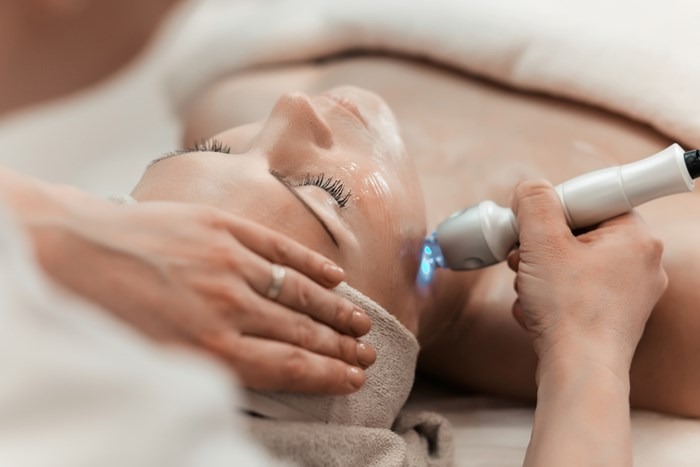
Source: plasticsurgery.org
Lasers primarily target skin surface and upper dermal layers, improving tone and texture.
Dermapen uses microneedling to boost collagen and renew skin.
Radiofrequency works deeper, tightening connective tissue. Many clinics use both in tandem to provide comprehensive results.
HIFU vs Endopulse
HIFU penetrates structural layers for lifting, while Endopulse uses pulsed energy to stimulate collagen gently but effectively. Each has strengths, and combining them ensures both comfort and visible outcomes.
Microneedling vs Laser
Microneedling mechanically stimulates repair through micro-injuries, while lasers rely on heat. Both activate collagen production but suit different skin sensitivities.
Personalized Care Through Technology
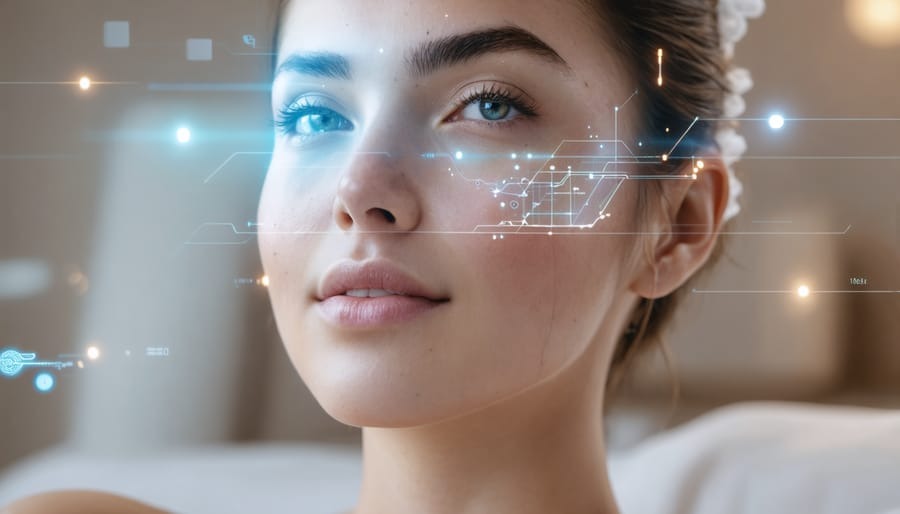
Source: lefashionpost.com
The modern aesthetic industry thrives on personalization. No two individuals share identical skin needs, which is why advanced diagnostics guide treatments. Imaging devices capture data on elasticity, pigmentation, and hydration. AI systems interpret that data, suggesting targeted solutions.
For example, a patient with sagging jawline and sun damage may receive a customized plan involving Laser Skin Tightening, fractional resurfacing, and antioxidant serums. Someone with acne scars and early wrinkles may instead benefit from microneedling combined with platelet-rich plasma. Personalization ensures efficiency, safety, and satisfaction.
Importance of Safety and Regulation
Cutting-edge devices are powerful, and their safe use requires professional training. Certified practitioners follow strict protocols to minimize risks. Regulation also ensures that devices meet international safety standards before entering clinics.
Patients benefit from this structure, receiving treatments that balance effectiveness with care.
Expanding Role of Regenerative Medicine
Beyond lasers and energy-based devices, regenerative techniques are transforming aesthetic care. Platelet-rich plasma (PRP), stem cells, and exosome therapy harness the body’s healing capacity to repair tissue and stimulate growth. These therapies often combine with procedures like microneedling or Laser Skin Tightening for enhanced results.
At-Home Devices and Their Limits
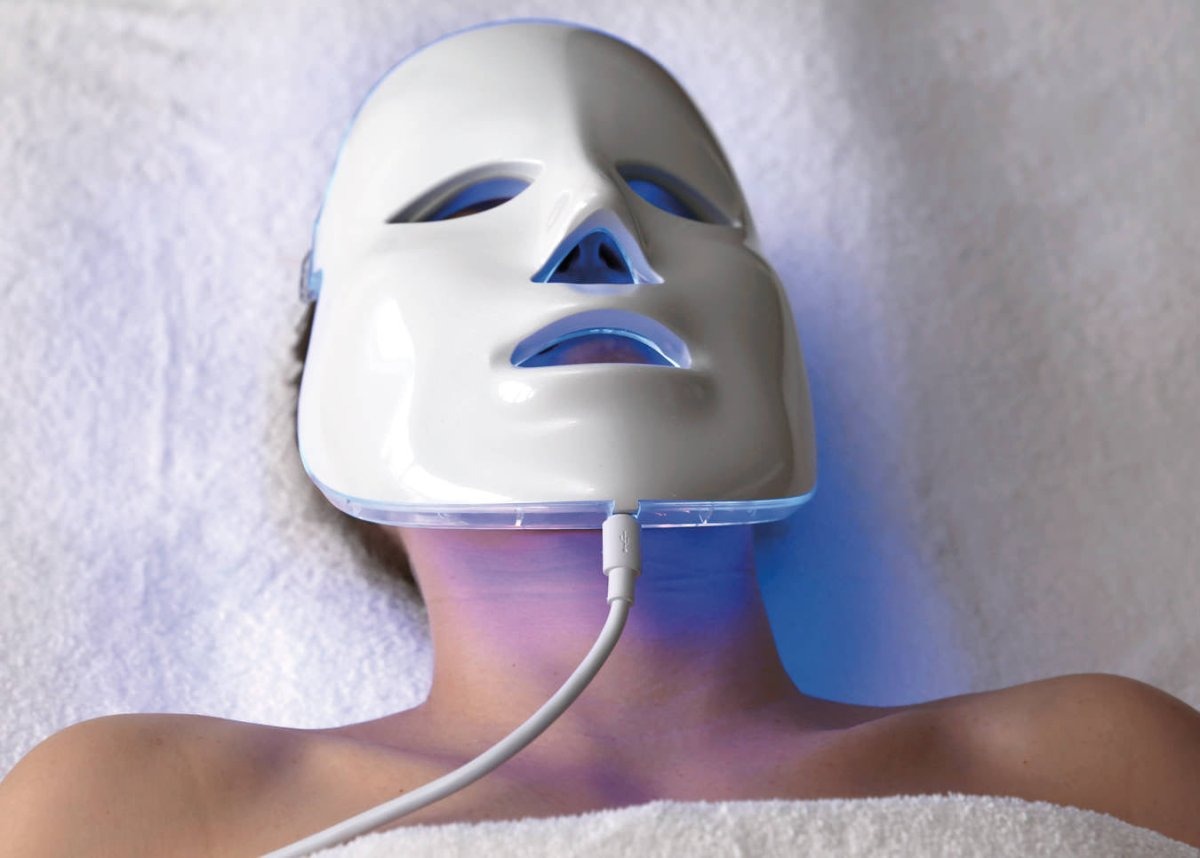
Source: dermaplaningsupplies.com
Technology has also entered homes, with LED masks, microcurrent tools, and ultrasonic cleansers now widely available. While useful for maintenance, these devices cannot match professional treatments in intensity or precision. They serve best as complements to clinic-based care, helping extend results between sessions.
Psychological Benefits of Advanced Enhancements
Improved skin firmness and clarity bring more than physical benefits. Many patients report stronger self-esteem, reduced social anxiety, and renewed motivation after aesthetic treatments. Modern enhancements align appearance with how people feel internally, offering both confidence and comfort.
Future of Aesthetic Technology

Source: eips.com
The future will merge digital tools with regenerative science. Key trends include:
- AI-guided protocols that adapt treatment in real time
- Nanotechnology for deeper delivery of active ingredients
- Wearable sensors that monitor hydration, UV exposure, and stress daily
- Robotics in precision aesthetics for highly consistent results
This future promises safer, faster, and more effective outcomes, blurring the lines between medical science and beauty care.
Common Myths About Cutting-Edge Enhancements
- Myth: Only surgery works. Non-invasive treatments now achieve significant lifting and tightening.
- Myth: Results are immediate. Most technologies stimulate gradual changes as collagen rebuilds.
- Myth: Treatments are unsafe. Properly regulated devices and trained providers make them highly safe.
- Myth: All devices are the same. Different technologies serve unique purposes and complement each other.
Building a Comprehensive Plan
The most effective approach combines treatments with lifestyle strategies. Nutrition rich in antioxidants, daily sunscreen use, consistent hydration, and stress management all extend the benefits of advanced technology. Clinics often recommend structured plans that mix professional treatments like Laser Skin Tightening with supportive at-home care for long-term results.
Conclusion
The modern aesthetic field reflects a marriage between science and artistry. Innovations such as Laser Skin Tightening demonstrate how far technology has progressed in delivering non-invasive, effective, and safe solutions.
Alongside HIFU, radiofrequency, microneedling, and AI-driven diagnostics, lasers showcase the direction of the future: personalized, precise, and patient-centered care.
Cutting-edge technology ensures that beauty enhancements are no longer about drastic changes but about harmony, health, and confidence.
By embracing both science and individuality, the industry continues to help people look as vibrant as they feel, redefining what modern aesthetics can achieve.
